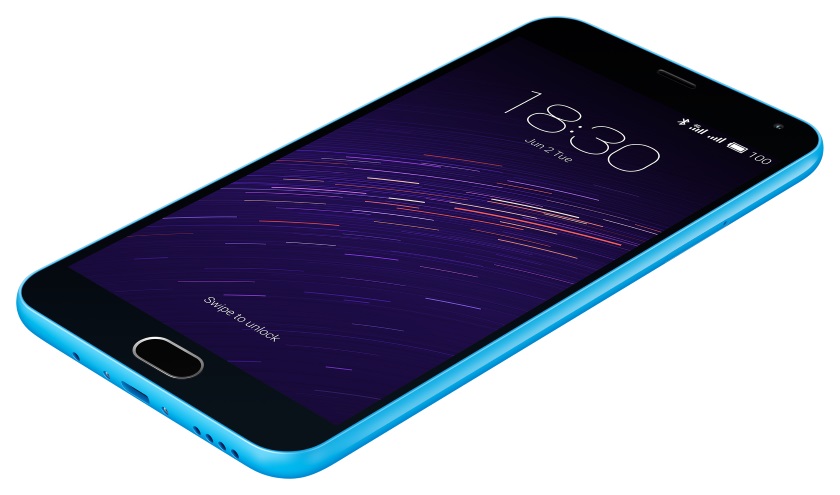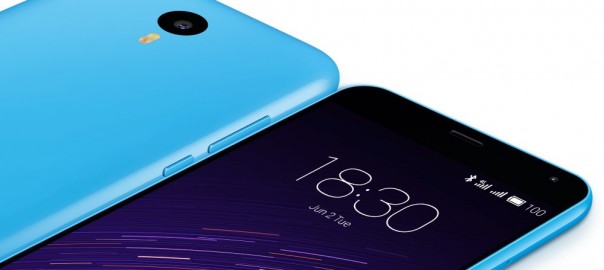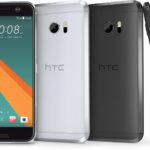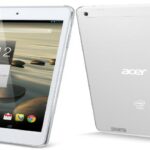
Other than for the landline, I’ve never bought a phone before. Each cellphone has come as a result of a company plan or a loyalty gift from the telco, but when my Huawei Ascend Y200 began needing resets several times a day—I’ve had computer experts tell me this is the phone, or the SD card (like any endeavour, it’s hard to find agreement; this is like saying that the problem with an axe lies with the handle or the blade)—I decided to replace it. Plus, having built websites for clients it seemed only fair to have a device on which I could test them on an OS newer than Android 2.3, and after a few days I have to say the Meizu M2 Note has been worth every penny. (The Xiaomi Redmi Note 2 was on the shortlist but the Meizu performed better in online tests, e.g. this one.)
You can find the specs on this device elsewhere, in reviews written by people far more au fait with cellular technology than me, but a few things about arriving in the mid-2010s with such a gadget struck me as worth mentioning.
First, I opted for a blue one. They’re usually cheaper. Since I have a case for it, I don’t have to put up with the colour on the back anyway, so why not save a few bucks if the guts are the same?
Secondly, it’s astonishing to think in five inches I have the same number of pixels as I do in 23 inches on my monitor.
Thirdly, cellular battery technology has come a heck of a long way. (Down side: you can’t replace it in this device.)
But here’s an absolutely wonderful bonus I never expected: it’s Google-free. Yes, the Flyme OS is built on Google’s Android 5.1.1, but the beauty of buying a phone from a country where Google is persona non grata is that I’m not stuck with all the crap I had on the Telstra Clear-supplied Huawei. No Google Plus, Google Play Store, Gmail, Google Maps and all the other stuff I had to switch off constantly. I could have had the phone rooted but it never was a big enough priority, even with my dislike of the big G.
I don’t know how much ultimately gets back to Google through simply using its OS, but I’ve managed to keep away from signing in to any of their services. In this post-Snowden era, I regard that as a good thing.
The phone booted up for the first time and gave me English as an option (as the seller indicated), so the device’s OS is all in the language I’m most fluent in. However, it’s not that weird for me to have Chinese lettering around, so the apps that stayed in the Chinese language are comprehensible enough to me. There is an app store that isn’t run by Google, at which all the apps are available—Instagram, Dolphin Browser, Opera Mini, plus some of the other admin tools I use. Nothing has shown up in my Google Dashboard. The store is in Chinese, but if you recognize the icon you should be all right, and the apps work in the language you’ve set your OS to.
The China-only apps aren’t hard to dispose of, and the first ones to go were Netease, Dianping (I don’t even use an Anglo dining review app, so why would I need a China-only one?), Amap (again, it only works in China, and it can be easily reinstalled through Autonavi and its folded paper icon), and 116114, an app from a Chinese telco. Weibo I don’t mind keeping, since I already have an account, and I can see some utility to retaining Alipay, the painting app, and a few others.
And having a Google-free existence means I now have Here Maps, the email is set up with my Zoho ’boxes, and 1Weather replaces the default which only gives Chinese cities.
What is remarkable is that the Chinese-designed default apps are better looking than the western counterparts, which is not something you hear very often. The opposite was regularly the case. A UI tipping-point could have happened.
I also checked the 2G, 3G and 4G frequencies against Vodafone New Zealand’s to ensure compatibility—there are at least two different M2 Notes on the market, so caveat emptor. Vodafone also recommends installing only one SIM, which suits me fine, as the other slot is occupied by a 64 Gbyte micro-SD card.
The new Flyme-based-on-Android keyboard isn’t particularly good though, and I lose having a full set of smart quotes, a proper apostrophe, and en and em dashes, but far more obscure Latin-2 glyphs are accessible. I’m not sure what the logic is behind this.
I had an issue getting the Swift keyboard to install, but I’ve opted for Swype, which, curiously, like the stock keyboard, is missing common characters. Want to type a g with a breve for Erdoğan? Or a d with a caron? Easy. An en dash? Impossible.
This retrograde step doesn’t serve me and there are a few options in Swype. First, I had to add the Russian keyboard, which does give an em dash, alongside the English one, though I haven’t located a source of en dashes yet. Secondly, after copying and pasting in a proper apostrophe from a document, I proceeded to type in words to commit them to my personal Swype dictionary: it’s, he’d, she’ll, won’t, etc. This technique has worked, and while it’s not 100 per cent perfect as there’ll be words I missed, it’s better than nowt.
I see users have been complaining about the omissions online for three years, and if nothing has been done by now, I doubt Swype’s developers are in a rush to sort it.
Swype’s multilingual keyboards are easy to switch between, work well, but I haven’t tried my Kiwi accent on the Dragon-powered speech recognition software within.
Going from a 3·2 Mpixel camera to a 13 Mpixel one has been what I expected, and finally I get a phone with a forward-facing camera for the first time since the mid-2000s (before selfies became de rigueur). It’s worth reminding oneself that a 13 Mpixel camera means files over 5 Mbyte are commonplace, and that’s too big for Twitter. I’m also going to have to expect to need more storage space offline, as I always back up my files.
I haven’t found a way to get SMSs off yet (suggestions are welcome), unlike the Huawei, but transferring other files (e.g. photos and music) is easier. Whereas the Huawei needed to have USB sharing switched on, the Meizu doesn’t care, and you can treat it as a hard drive when connected to your PC without doing anything. That, too, has made life far easier.
I’ve been able to upgrade the OS without issue, and Microsoft (and sometimes Apple) would do well to learn from this.
It leaves the name, Meizu (魅族), which in Cantonese at least isn’t the most pleasant when translated—let’s say it’s all a bit Goblin King. Which may be appropriate this week.
I’m not one who ever gets a device for image’s sake, and I demand that they are practical. So far, the Meizu hasn’t let me down with its eight cores, 16 Gbyte ROM and 4G capability, all for considerably less than a similarly equipped cellphone that wears an Apple logo. And it’s nice to know that this side of Apple, one can have a Google-free device.—Jack Yan, Publisher
This review originally appeared on Jack Yan’s blog.










Leave a Reply